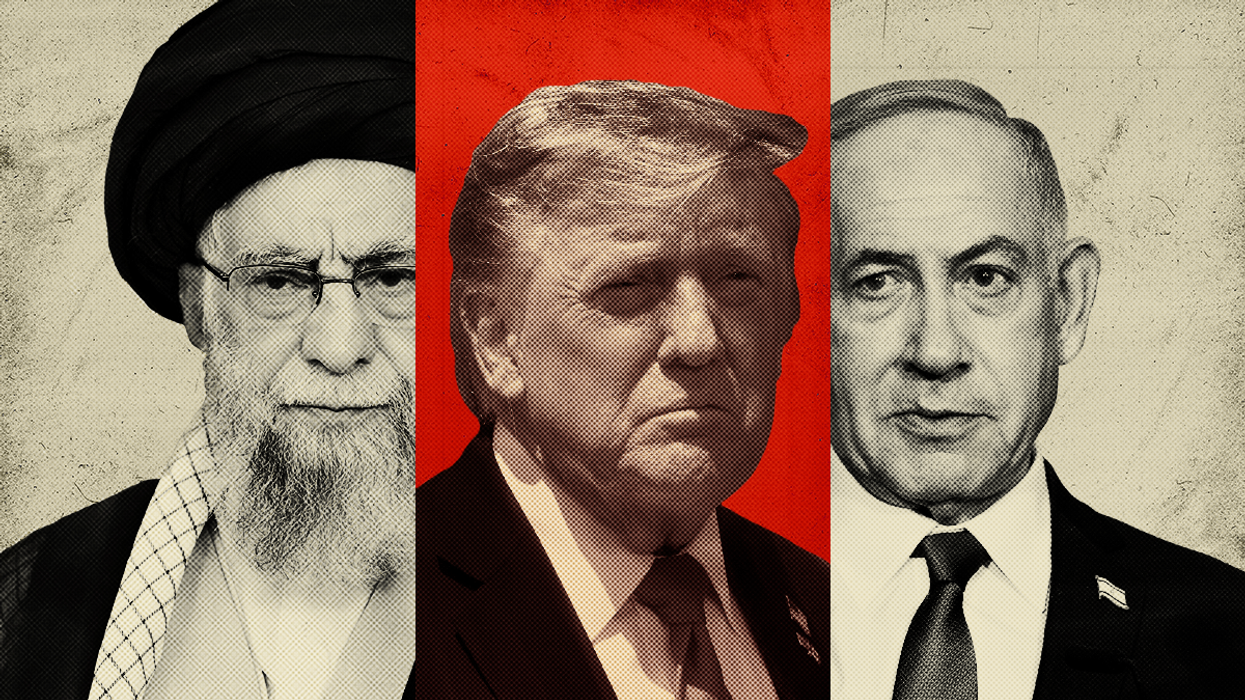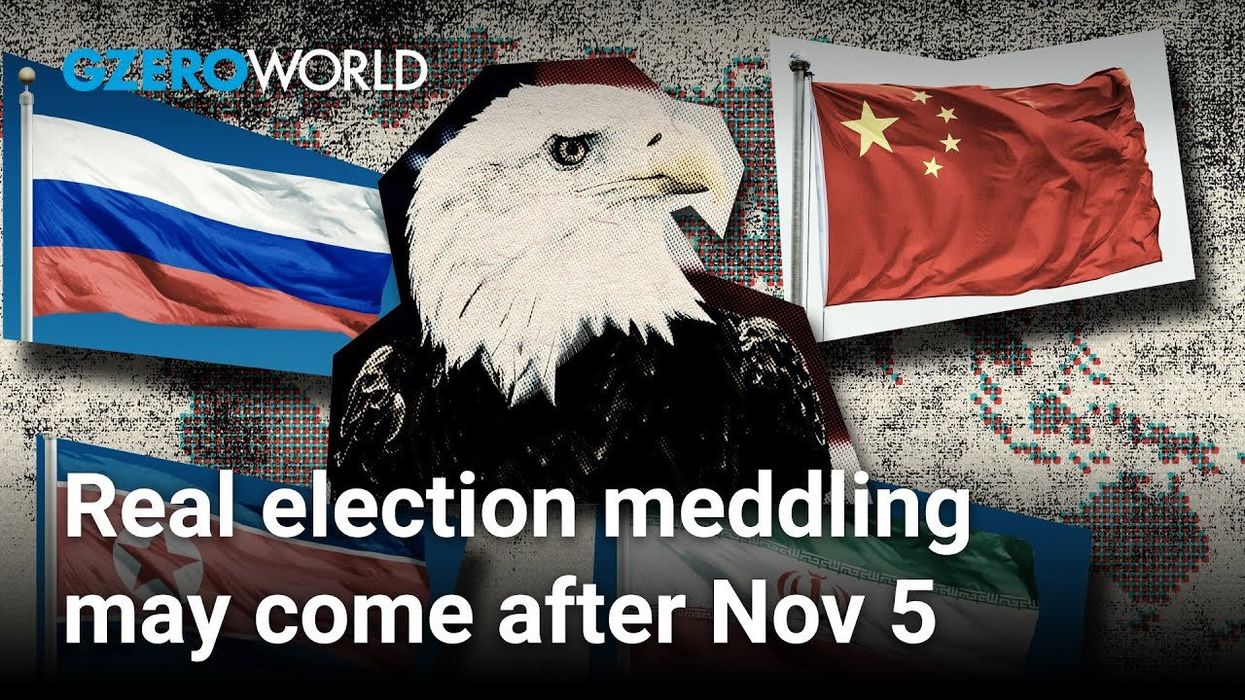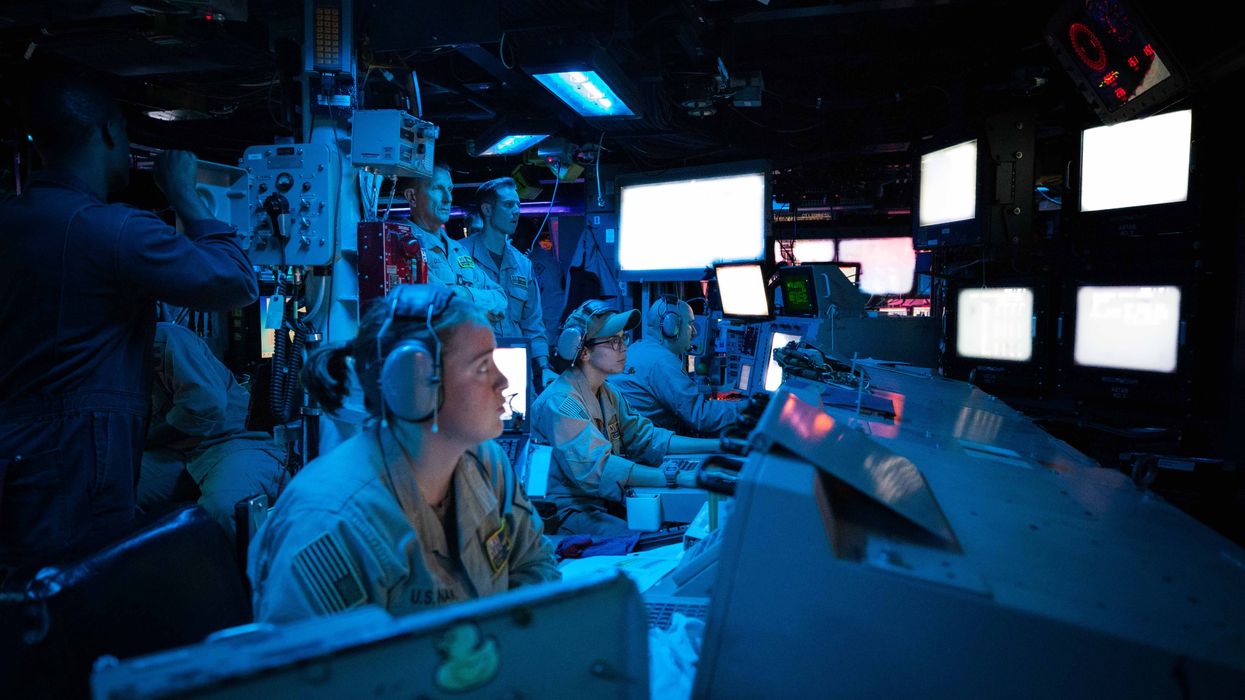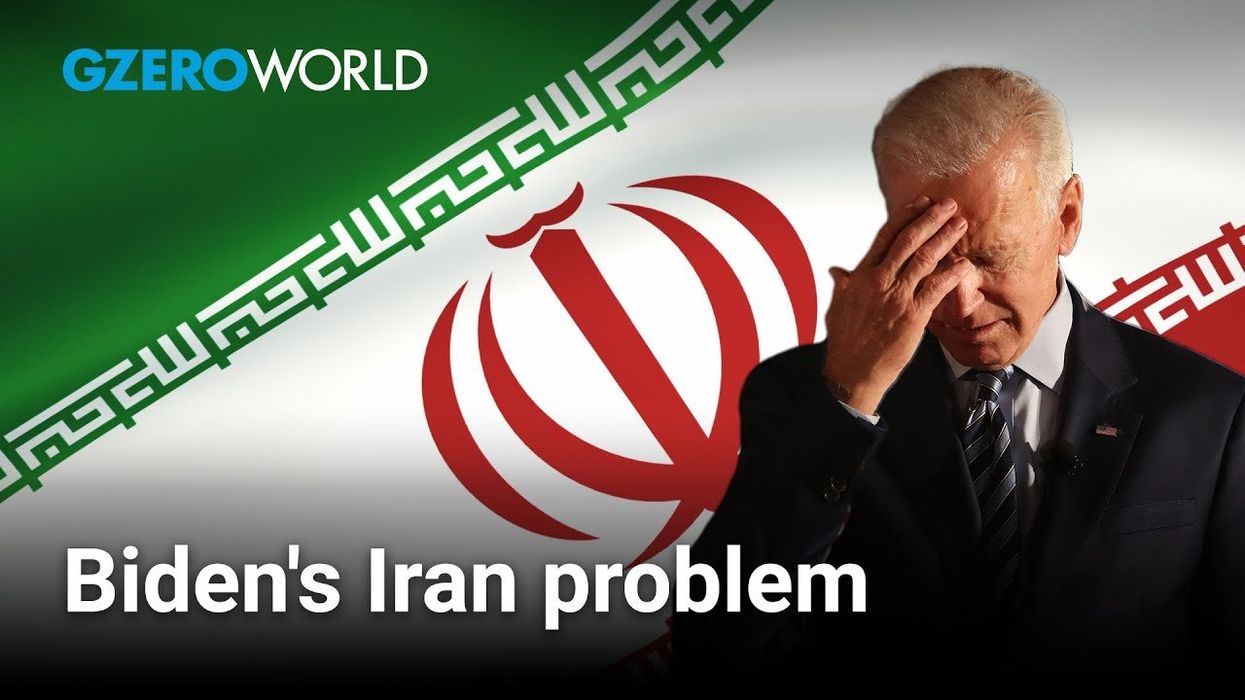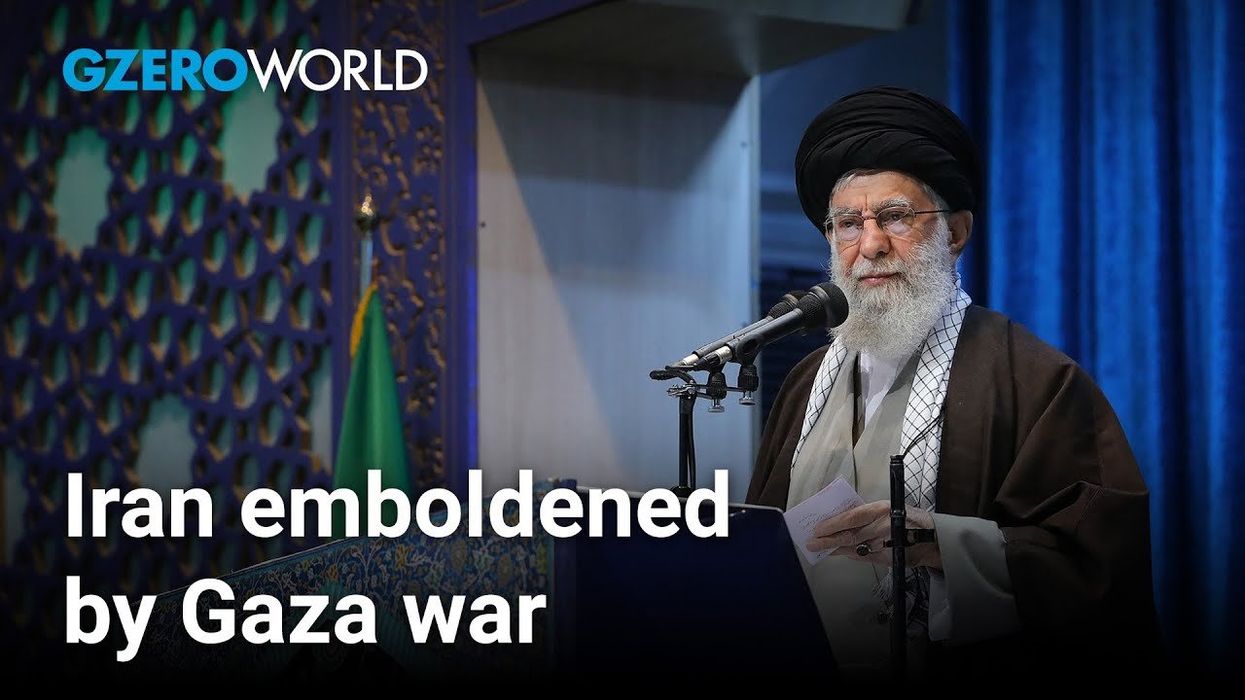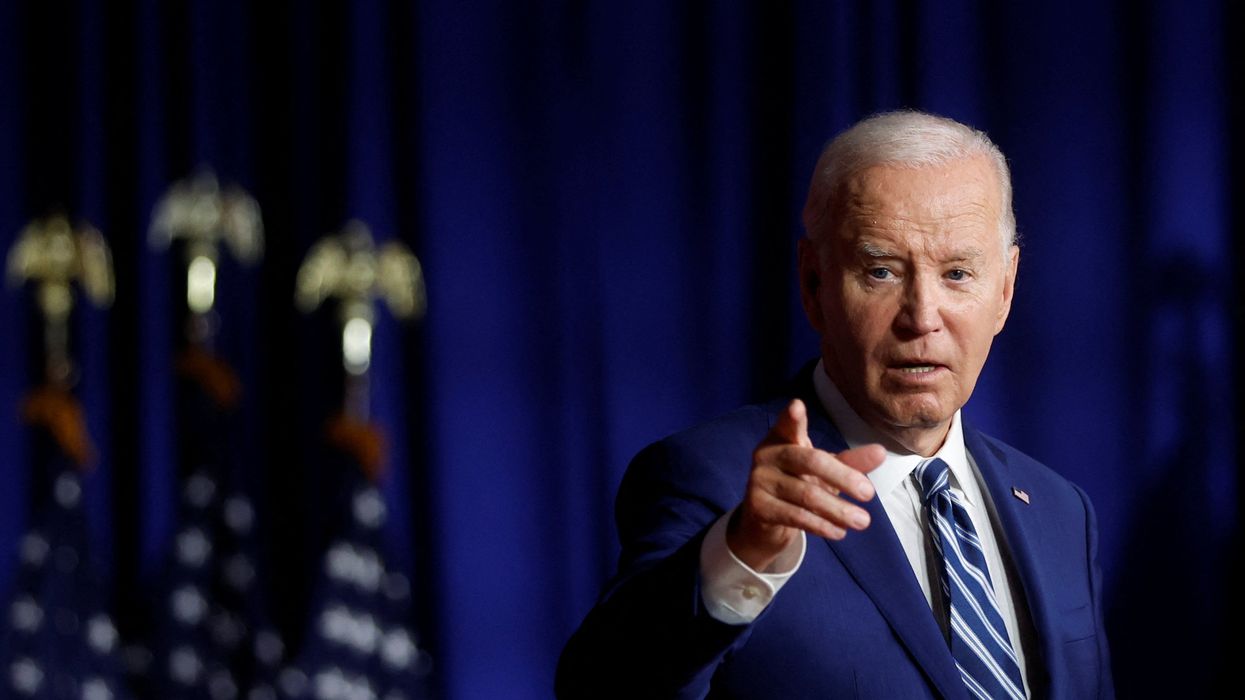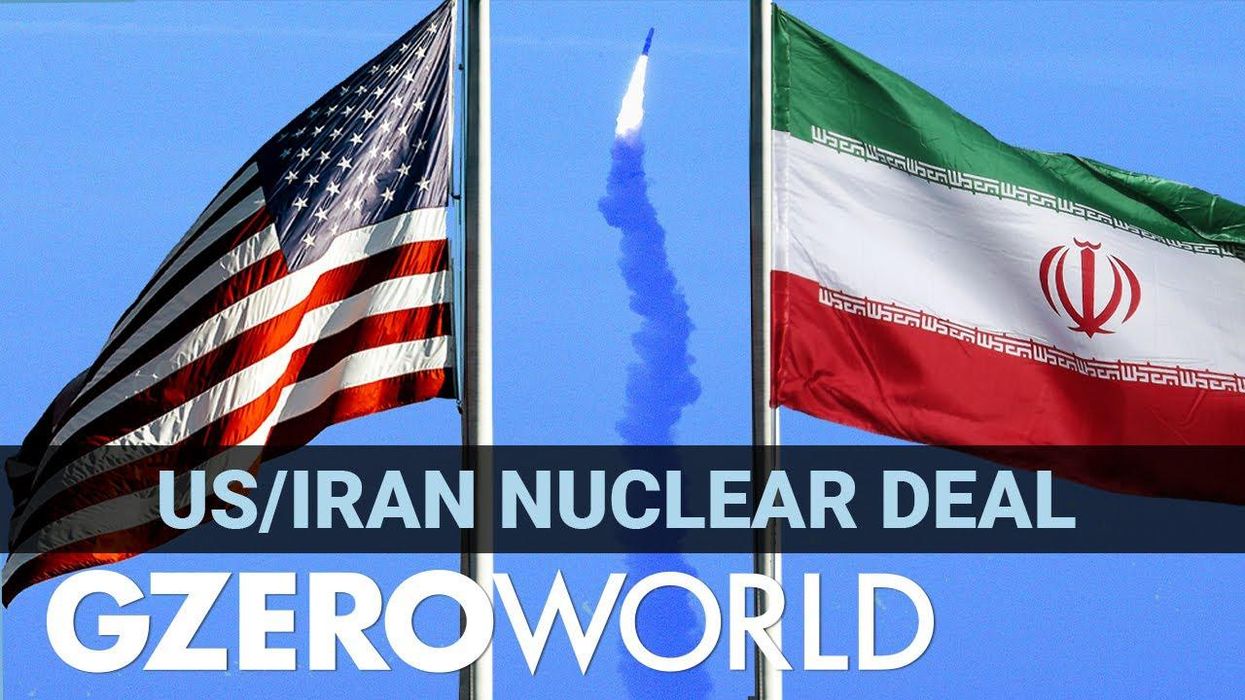popular
Trump’s coming decision to hit Iran, explained
Donald Trump may be about to cross a line he drew less than a week ago. Barring an Iranian capitulation on nuclear enrichment that no one anticipates, the president is likely to order US bombers to strike Iran’s most hardened underground facility at Fordow any moment now, thus joining Israel’s war against the Islamic Republic.
Jun 18, 2025
